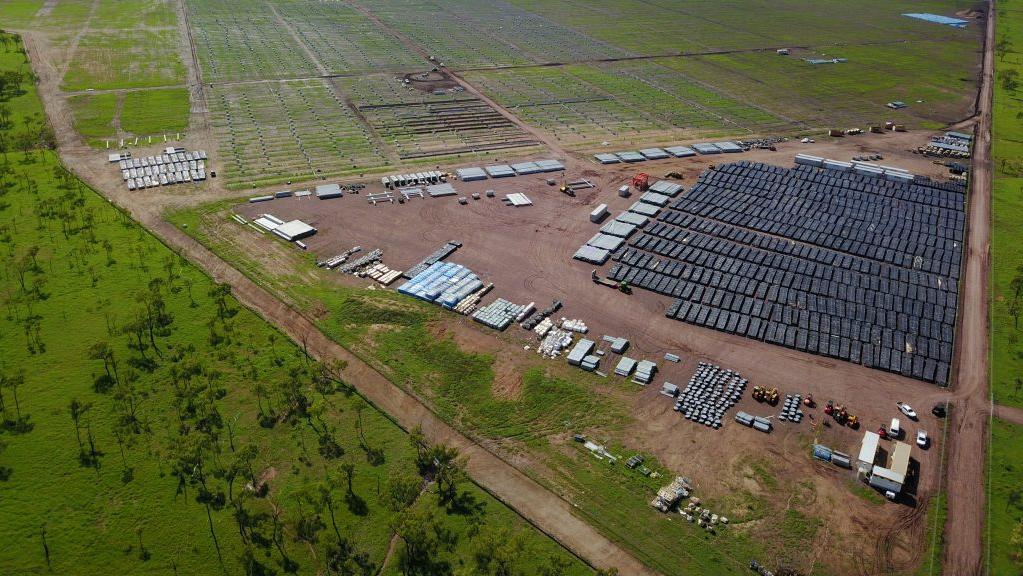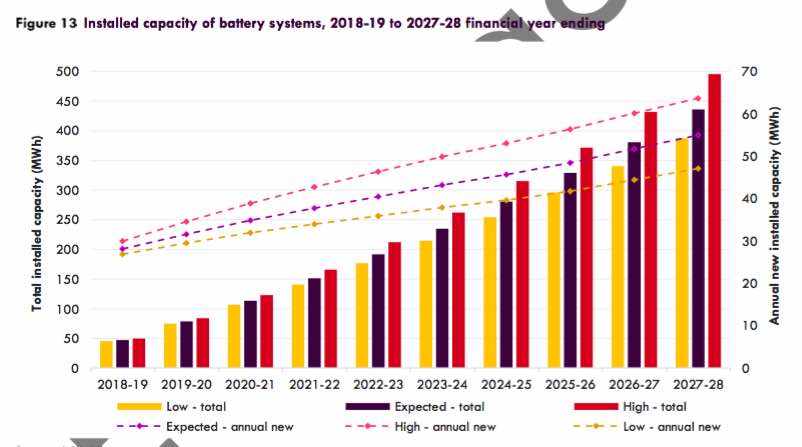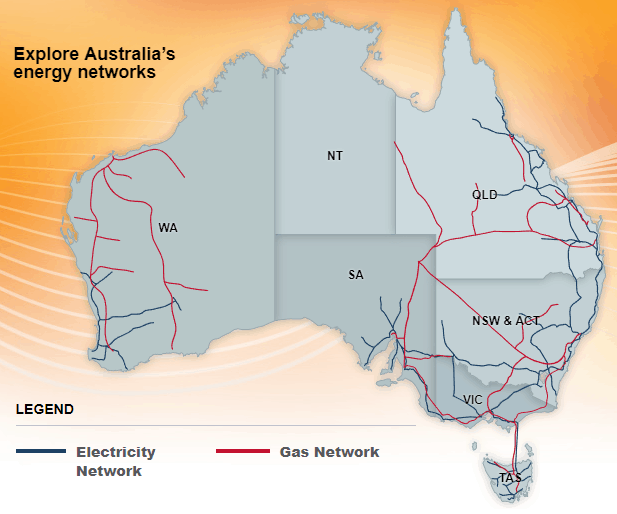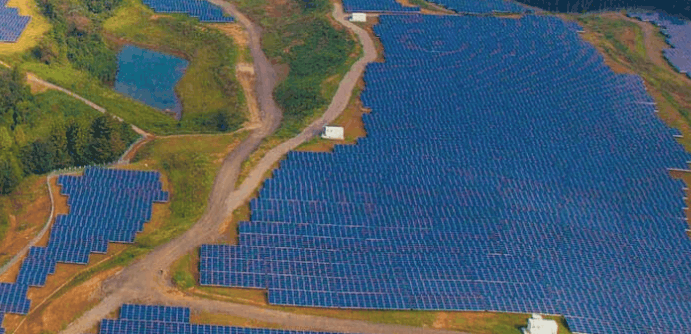Energy finance startup Brighte think upfront costs of solar are too high. Their interest free, buy now pay later app aims to increase Australia’s solar uptake.
Brighte, Energy Finance and Katherine McConnell

The company was set up by former Macquarie Group senior manager Katherine McConnell in 2015, drawing fundraising from former investment director at Hastings Funds Management (now known as Vantage Infrastructure), Kim Jackson, and Atlassian co-founder Mike Cannon-Brookes. The Series B funding round raised $18.5m, with Mr Cannon-Brookes calling it ‘part of the unbundling of banking’ in the AFR.
McConnell shares a lot with Audrey Sizbelman, the head of the Australian Energy Market Operator, who has been warning about the high cost of solar driving a wedge between the ‘haves and the have-not’s’:
“I think the fact that someone can leave the system [the electricity network] because they can rely on their own resources is a good thing for an individual but it isn’t for the rest of us, because it means you have a smaller pot of people to maintain the system,” Ms Zibelman said.
“We do not want to invite an economic bypass,” she said, “creating the haves and the have-nots”.
This is why Brighte has been set up to offer a system similar to the extremely successful Afterpay, but for installing solar and other improvements like air-conditioning or more efficient lighting and heating.
“(Brighte) is a digital credit platform, sort of an energy-focused Afterpay so you buy now and pay later,” she told Fairfax Media.
“However, it differs to Afterpay as our customers are interacting for longer, as they’re not walking out of a store with their purchases, they can keep buying.
“We had direct feedback from businesses that felt there was a need for something faster and easy to support these transactions.”
According to Ms McConnell, they’re already funded over 7,500 homes and work with over 500 vendors.
The 0% interest plans are available up to $30,000 and repayment terms are up to 60 months. If you’re interested in learning more or finding a ‘Brighte Vendor’ (i.e. a solar company aligned with them who are happy to help offer the interest free solar) please click here to visit the website.





